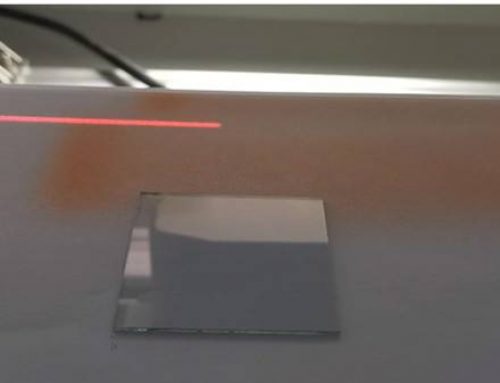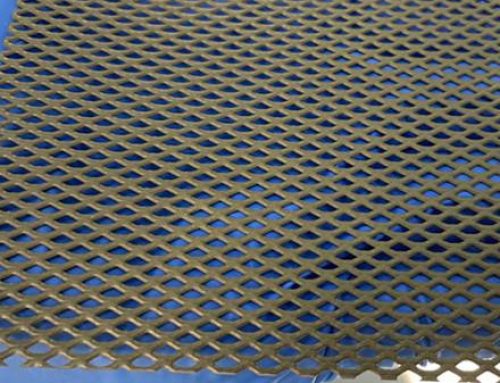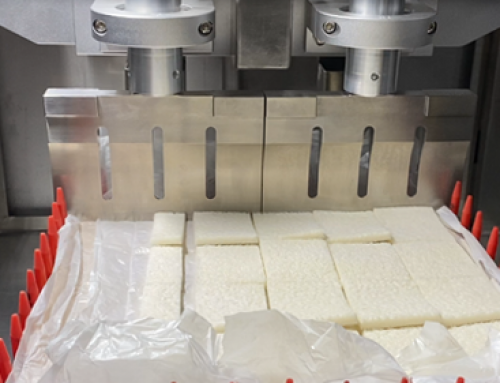Ultrasonic Disinfection
Bacteria are everywhere in life, and sterilization has always been the most common concern. Traditional sterilization methods mainly use high temperature heating, ultraviolet rays, chemical reagents and other methods, but each has its advantages and disadvantages.
Ultrasonic is a sound wave with a frequency greater than 20kHz, a mechanical vibration that propagates in a medium. Due to its high frequency and short wavelength, in addition to the characteristics of good directionality, high power, and strong penetration, it can also cause cavitation and a series of special effects, such as mechanical effects, thermal effects, and chemical effects.

It is generally believed that the bactericidal effect of ultrasonic is mainly caused by the cavitation produced by it. During the ultrasonic treatment process, when high-intensity ultrasonic waves propagate in the liquid medium, longitudinal waves are generated, resulting in alternate compression and expansion areas. These pressure-changing areas are likely to cause cavitation and form tiny bubble nuclei in the medium. At the moment of adiabatic contraction and collapse of the tiny bubble core, its interior presents a high temperature above 5000°C and a pressure of 50000kPa, which makes some bacteria in the liquid deadly and the virus inactivated. It even destroys the cell walls of some small microorganisms, prolonging the shelf life.






